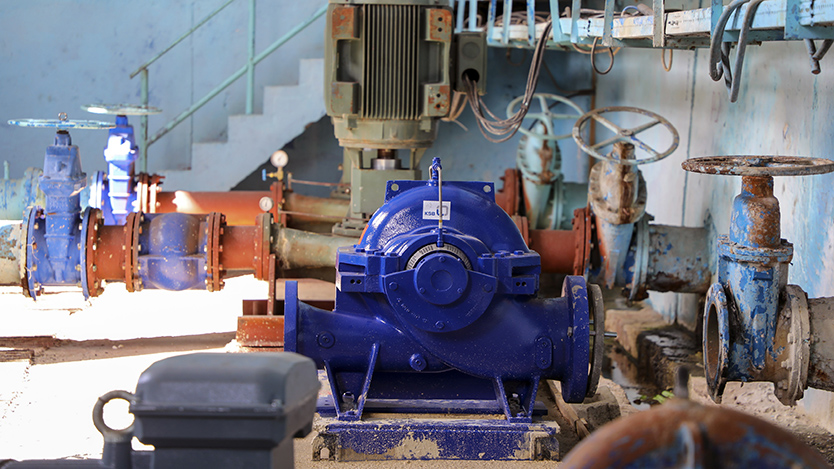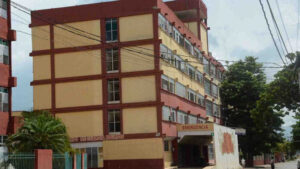Pipe bursts, hydrological drought, and significant complications caused by the energy crisis have extended the potable water supply cycle to up to nine days in the provincial capital of Ciego de Ávila.
All these combined complexities can result in more than 10,000 residents being affected in a single day, Miroslava Reyes González, general director of the Water and Sewage Company of Ciego de Ávila, told Invasor.
Of the 196 water pumps in the territory, five are currently inoperative due to technical issues, Reyes González stated. While the inactive equipment represents only a small fraction, it undoubtedly worsens an already overwhelmed situation.
For instance, the province has been one of the most efficient in transitioning these pumps to alternative energy sources, the executive claimed. However, only 86 pumps—43 per cent—have been converted. Without sufficient generator support, proper planning remains impossible.
The fuel shortage also has other implications, such as limiting water distribution by tanker trucks. Depending on availability, up to 15 tanks are used in a single day, primarily for essential services, without meeting the full demand of the population.
As if the obstacles stemming from the economic context were not enough, the hydrological drought persists. A clear example is the depletion of Ruspoli 3 and other sources that previously supplied water from the northern part of the provincial capital.
Since 2020, the province has suffered the consequences of significantly reduced rainfall compared to historical averages. Water reserves in the provincial reservoirs remain at very low levels.
The Complejo Liberación de Florencia is one of the few benefiting, holding 84 per cent of its capacity. However, the province’s overall storage stands at just 41 per cent, said Yurkier Reyes Ríos, deputy director of Hydraulic Resources in Ciego de Ávila.
To address these challenges, measures have been taken, including the repair of around 300 leaks in the last two months—though much work remains for the provincial Water and Sewage Company. Significant efforts are also underway to install new pumping equipment at the Tanque Apoyado Sur station to increase extraction and distribution capacity to the population, Reyes Ríos explained.
Meanwhile, various projects are being carried out outside the Avilanian capital. In the community of Los Perros, Chambas, a new pumping station is under construction, while the Pedro Ballester district in Primero de Enero is preparing for a future aqueduct.




